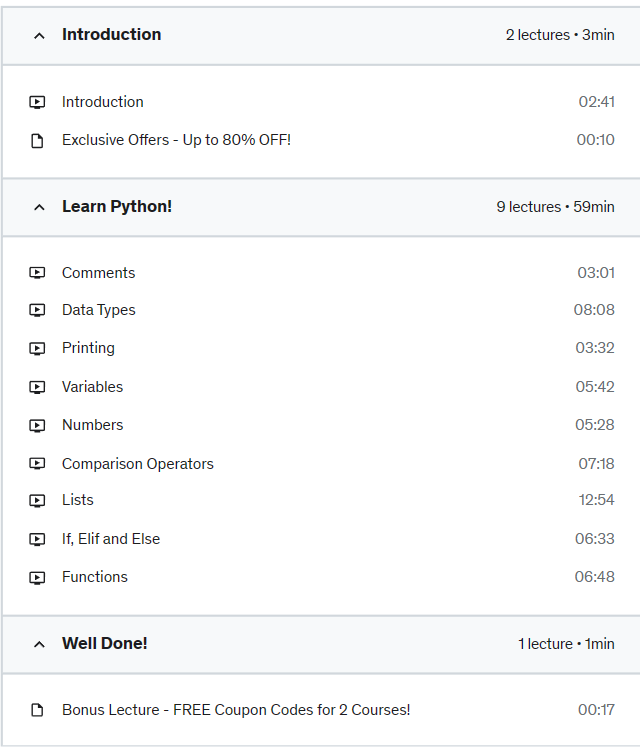
What is Testing Daily
Why to use Testing Daily
How to Testing Daily
How is Testing Daily helpful in tester’s career
Description
A Course to learn all about Testing Daily. This course has covered everything about Testing Daily innovation which is very helpful for every tester’s career.
Testing Daily is an absolutely free community product.
It is offered by SelectorsHub.
It is invented and created by Sanjay Kumar, Founder and Creator of SelectorsHub.
Testing Daily is available as Mobile App, Browser Plugin and Web application.
Testing Daily is available both on android and ios.
It can be installed from play store and app store.
It supports all the chromium based browsers like chrome, edge, opera, chromium and brave etc.
Topics covered in this course-
- What is Testing Daily?
- Why is Testing Daily required for every tester?
- How will Testing Daily add value in Tester’s career?
- How to install Testing Daily?
- For which all platform it is available?
- How to use Testing Daily?
- All the Features of Testing Daily
Get the latest testing feed.
Testing Daily is the tester’s home page which list down all the latest testing related blogs, tutorials, news and trends in the new tab. It is an absolutely free browser plugin.
The best part of this tool is that you don’t have to do anything extra to use it, just install it.
Very simple 2 steps to start with Testing Daily plugin-
- Add the plugin to your Browser from below respective install button.
- Open the new tab and you will see all the latest testing related blogs, tutorials, news and trends in the new tab.
- You can also it on your mobile phone from play store/app store. Links given below and use it as a mobile app.
Wow!! You are all set, Enjoy using the Testing Daily and be updated with the latest testing trends.
Now Testing Daily is also available on web. You can directly open it through url..
Now Testing Daily also available for Mobile – Get the testing feed on the go!!
Who this course is for:
- Testers
- Software Tester
- Manual Tester
- Automation Tester
- Testing manager
- Test architect
- Selenium users
- SDETs
- Beginner in Testing
- Fresher
- Senior Testers
- Fresher Tester
- Cypress users
- playwright users
- selectorshub users
Course content
1 section • 5 lectures • 32m total length
What, Why and how to use Testing Daily?5 lectures • 33min
- What is Testing Daily and Why it is required?05:30
- How to install and use Testing Daily on mobile, browser and web?10:33
- Testing Daily opens every time in new tab, this is not a bug.05:51
- Is it safe and secure?04:42
- FAQs and support06:13









